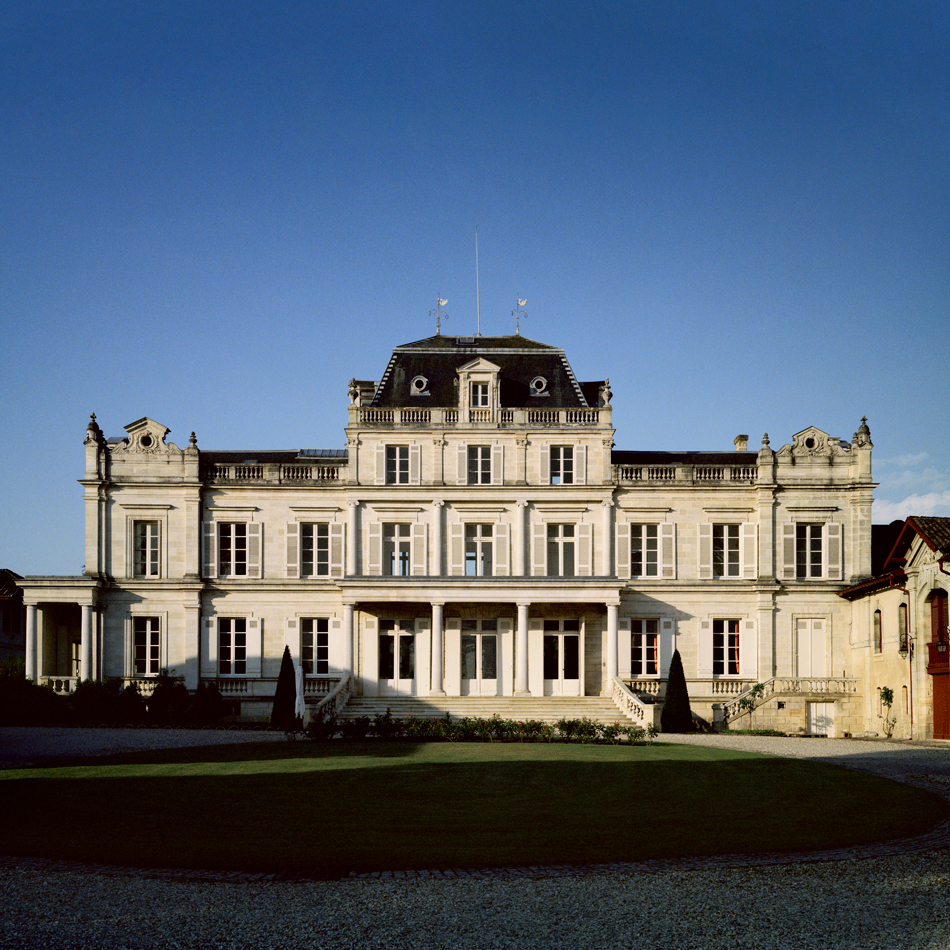Bordeaux 2020: Margaux
Author: Mark Pardoe MW

In this series, Mark Pardoe MW provides insight into how Bordeaux’s key communes fared in 2020. Here, our Wine Director looks at Margaux, based on a conversation with Alexander Van Beek of Ch. Giscours.
At a glance: Margaux in 2020
- Hectares under vine: 1,500
- Average yield: 36hl/ha in 2020 (49hl/ha in ’19); down 26%
- Significant châteaux: Margaux; Brane-Cantenac, Lascombes, Rauzan-Ségla; Cantenac Brown, Ferrière, Giscours, d’Issan, Malescot St-Exupéry, Palmer; Du Tertre; Angludet
Margaux 2020: Ch. Giscours
Ch. Giscours’s sister property Du Tertre was sold in January 2021, but the decision to sell it and to concentrate on Giscours had come earlier. The ambition of the Albada Jelgersma family and Managing Director Alexander Van Beek – and their direction for Giscours – can be clearly seen from this ’20 vintage.
An early project of this new era was to focus on the expression and composition of the Merlot vines on the estate. They have made very good progress with Cabernet Sauvignon since the Albada Jelgersma family became involved in 1995, especially since 2010. But Alexander had observed that the estate’s Merlot, though achieving good ripeness levels, had not matched the progress of its Cabernet Sauvignon.
Giscours has some very old vines, some dating back to 1926. They practice the system of co-planting here. They replace vines individually as necessary, rather than the more usual process in Bordeaux of uprooting and replanting entire plots. This makes for a wide range of vine age within the same plot. From the 2018 vintage, they started a programme to analyse the hydric stress on every vine in a selected plot. The results were varied, according to the terroir and the age of each vine.
Attention to detail
From the ’19 vintage and especially in ’20, the team worked on a programme of marking individual vines and setting harvest dates for each. These varied according to the style of wine required and the plant’s ability to achieve it.
Younger vines were harvested earlier, to allow them to contribute freshness and energy to the final blend before they became too affected by any lack of water. Older vines, whose deeper roots permit better drought resilience, were harvested later, for greater ripeness of fruit and tannins, and complexity. This would entail several passes by the pickers in each plot, collecting the fruit from individual vines according to the detailed plan.
This level of detail is almost Burgundian in its ambition and requires a large and skilled workforce. The advantage of Burgundy is that its vineyard ownership is much more divided. Individual vignerons will usually own only small parcels in each vineyard, making this level of granular attention more manageable. Giscours has up to 65 hectares available for its grand vin; the average total size of individual holdings in the Côte d’Or is just under five hectares.
Ch. Giscours in 2020
When discussing the possible effects of the drought on the sandier, free-draining soils of Margaux in 2020, Alexander surprised me with an observation that, once revealed, now makes perfect sense. He agreed that it is likely that those Margaux vineyards back from the river or without older, deeper-rooted vines will have suffered more in ’20 from the lack of water during the summer.
However, he also described Giscours as a “bold” style of Margaux. It is more weighted towards texture than some of the more aromatic examples. I agreed that Giscours has always seemed to me to have broader shoulders than its Margaux peers. It turns out that, under its fourth-terrace gravels, it has the most clay of any Margaux château. This accounts for the style of the wine and, furthermore, the success of the terroir in ’20.
For more Bordeaux 2020 En Primeur coverage, you can visit bbr.com or browse our range of Bordeaux 2020 virtual events.


